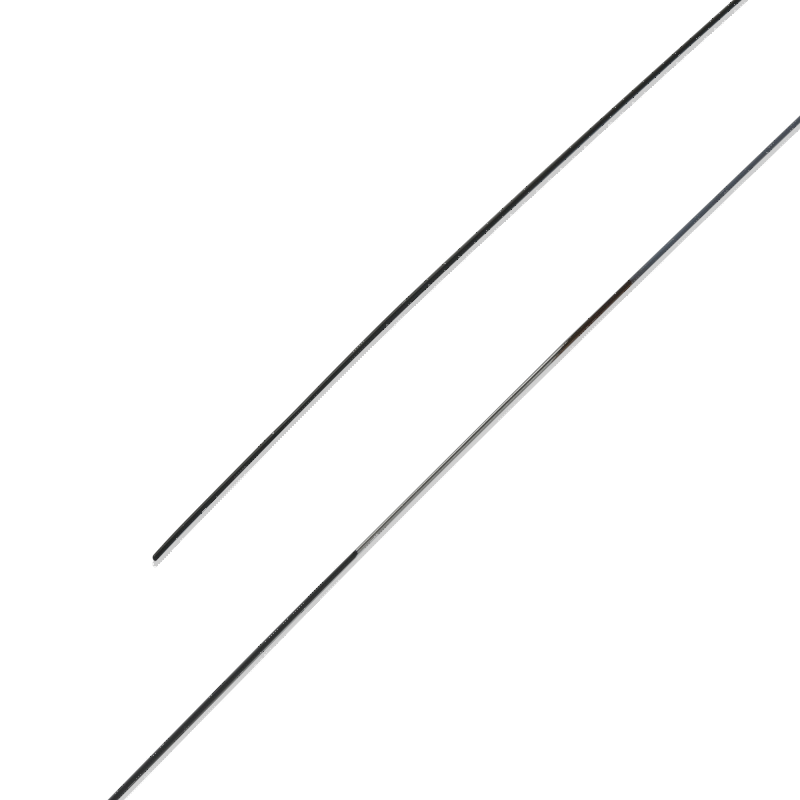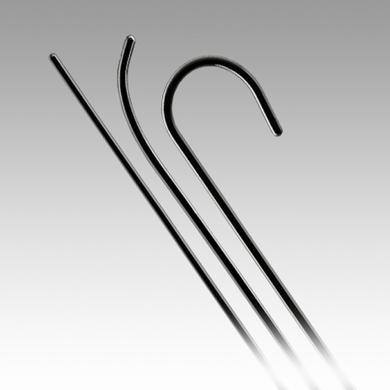The Demax Peripheral Vascular Guidewire aims to transform peripheral vascular procedures. It provides healthcare professionals with a dependable and flexible tool. This guidewire helps navigate intricate blood vessel pathways effectively. As a result, patient care is improved.
Precision and performance are crucial in vascular surgeries. Accurate tools lead to better surgical outcomes. The Demax Guidewire is designed to meet these high standards. It ensures that procedures are performed smoothly and safely.
The main purpose of the Demax Guidewire is to enhance patient outcomes. Its versatile design makes it suitable for various vascular interventions. By using this guidewire, healthcare providers can achieve optimal results for their patients.

Product Overview
Description of the Demax Peripheral Vascular Guidewire
The Demax Peripheral Vascular Guidewire is a new medical device. It helps healthcare workers navigate the complex blood vessels in the peripheral vascular system. This guidewire provides a reliable tool for moving through difficult vascular paths. It supports various procedures by making the process smoother and more efficient.
Key Features
- Material and Construction
The Demax Guidewire is made from high-quality materials. It uses stainless steel or polyurethane tubes with tungsten. The surface has a hydrophilic coating. This makes the guidewire strong and flexible. It is also biocompatible, ensuring it is safe for use in the body.
- Flexibility and Torque Control
The guidewire is crafted from stainless steel or nitinol alloy. These materials offer excellent strength and durability. They also provide great flexibility. The guidewire allows precise control when twisting. This is important for navigating tight blood vessels.
- Size and Diameter Options
The guidewire comes in different diameters. Sizes range from 0.014 inches to 0.038 inches. This variety makes the guidewire suitable for various procedures. Different sizes can be chosen based on the specific needs of each intervention.
- Customizable Lengths
The guidewire is available in lengths from 40 cm to 300 cm. This range allows it to fit different anatomical needs. Healthcare providers can select the length that best matches the patient’s vascular structure.
Benefits of Demax Guidewire
Precision in Navigation
The hydrophilic coating on the Demax Guidewire increases lubricity. It reduces friction, which helps the guidewire move smoothly through blood vessels. The radiopaque tip offers excellent visibility under fluoroscopy. This helps in accurately positioning the guidewire within the vascular system. The guidewire has optimized flexibility and trackability. This allows precise control when navigating through complex blood vessel paths. It is designed to cross stenotic lesions easily. It also assists in delivering therapeutic devices and retrieving embolic material.
Improved Procedural Efficiency
The Demax Guidewire delivers faster and more predictable results. Its advanced specifications ensure reliable performance in peripheral vascular procedures. This enhances the success of the procedures and improves patient outcomes. The guidewire also reduces the time needed for interventions. Additionally, it minimizes the risk of complications during procedures.

Technological Advancements
Innovative Design and Materials for Enhanced Performance
The Demax Guidewire features an innovative design. It uses new materials to improve performance. The guidewire is made with high-strength stainless steel or nitinol alloy. These materials make it durable and flexible. The hydrophilic coating on the guidewire reduces friction. This allows it to move smoothly through blood vessels. The design also includes a radiopaque tip. This tip helps doctors see the guidewire clearly during procedures.
Integration with Advanced Imaging and Guidance Systems
The Demax Guidewire works well with advanced imaging systems. It is compatible with fluoroscopy, which provides real-time images during procedures. The radiopaque tip ensures the guidewire is visible in these images. This integration helps doctors guide the wire accurately through blood vessels. Additionally, the guidewire can be used with other navigation tools. This makes it easier to perform complex vascular interventions.
Comparison to Traditional Guidewires
The Demax Guidewire offers several advantages over traditional guidewires. It is more flexible and durable than many older models. The hydrophilic coating provides better lubricity, reducing the chance of vessel damage. Traditional guidewires may not have the same level of visibility under imaging systems. The Demax Guidewire’s radiopaque tip allows for precise placement. Overall, it provides a more reliable and efficient option for vascular procedures.
Clinical Applications
Angiography
The Demax Guidewire helps guide catheter placement for imaging the peripheral vascular system. It aids in diagnosing vascular conditions like arterial blockages or aneurysms. This makes the imaging process easier and more accurate.
Angioplasty
The guidewire navigates through narrowed or blocked blood vessels. It facilitates balloon dilation to improve blood flow. This is essential for treating conditions such as peripheral artery disease (PAD).
Stenting
The Demax Guidewire guides the placement of vascular stents. These stents reinforce narrowed arteries. This restores blood flow and prevents the arteries from narrowing again after angioplasty.
Atherectomy
The guidewire supports the delivery and positioning of atherectomy devices. These devices remove plaque buildup from arterial walls. This restores vessel patency and improves circulation.
Thrombectomy
The Demax Guidewire assists in retrieving blood clots (thrombi) from peripheral vessels. This restores blood flow and prevents complications like limb ischemia. It ensures the procedure is done safely and effectively.
Embolization
The guidewire helps place embolic agents precisely. These agents block abnormal blood vessels or control bleeding. This is often used in treating vascular malformations or tumors.
User Experience and Feedback
Testimonials from Vascular Surgeons and Interventional Radiologists
Dr. Smith, a vascular surgeon, says the Demax Guidewire is easy to use. He likes the smooth movement through vessels. Dr. Lee, an interventional radiologist, mentions the clear visibility of the radiopaque tip. She finds the guidewire flexible and reliable. Both doctors appreciate the durable design that prevents kinking. They also value the range of sizes available for different procedures.
Observed Improvements in Patient Outcomes and Procedural Success Rates
Hospitals report better patient outcomes with the Demax Guidewire. Procedures are faster and have fewer complications. Surgeons see less vessel trauma, leading to quicker patient recovery. Radiologists achieve higher success rates in complex interventions. The guidewire’s control improves accuracy in targeting affected areas. Teams notice fewer repeat procedures, showing lasting results. Patients experience more comfort due to shorter procedures and fewer post-procedure issues. These improvements highlight the guidewire’s positive impact on patient care.
Final Words
The Demax Peripheral Vascular Guidewire stands out in vascular interventions. It offers high precision and excellent performance. Healthcare professionals find it easy to use and reliable. The guidewire’s innovative design and quality materials enhance its functionality. It works well with advanced imaging systems, making procedures more accurate. Compared to traditional guidewires, Demax provides better flexibility and visibility. Users report improved patient outcomes and higher success rates. Procedures are faster and have fewer complications. Patients recover quicker and experience more comfort. Overall, the Demax Guidewire improves both the efficiency of medical procedures and the quality of patient care. Its advanced features and positive user feedback make it a valuable tool in the field of peripheral vascular medicine.